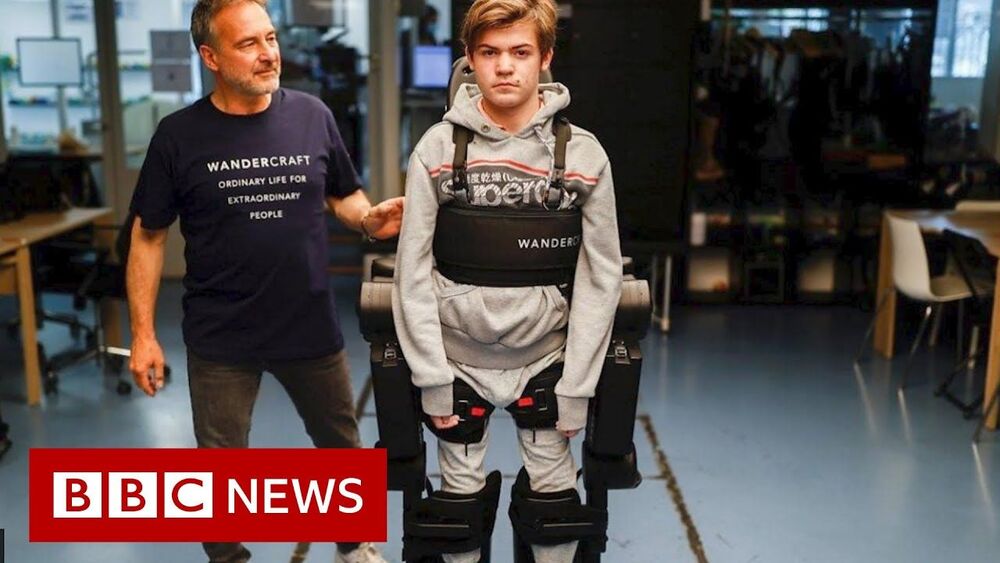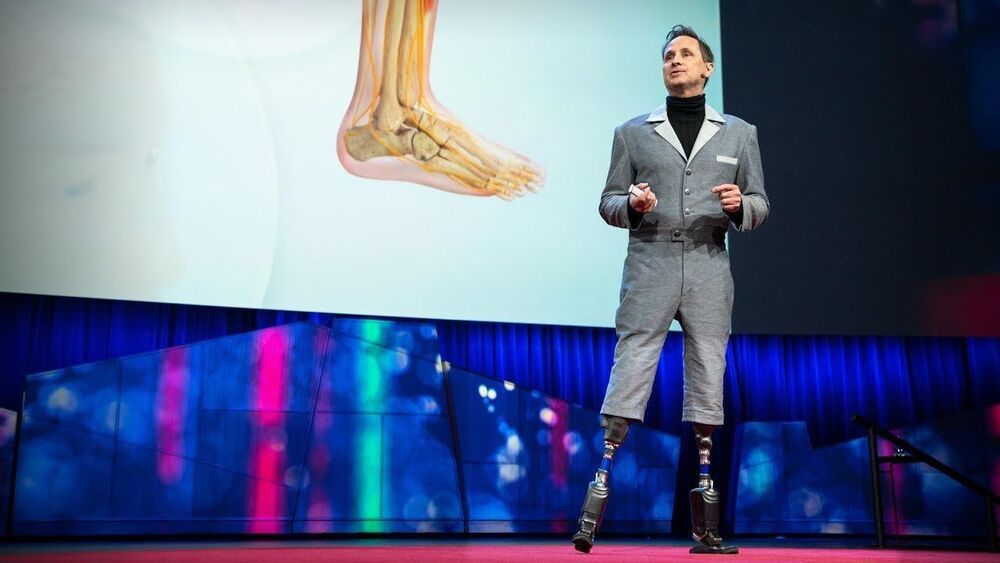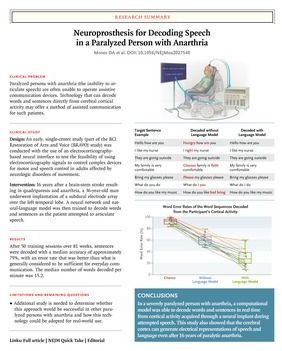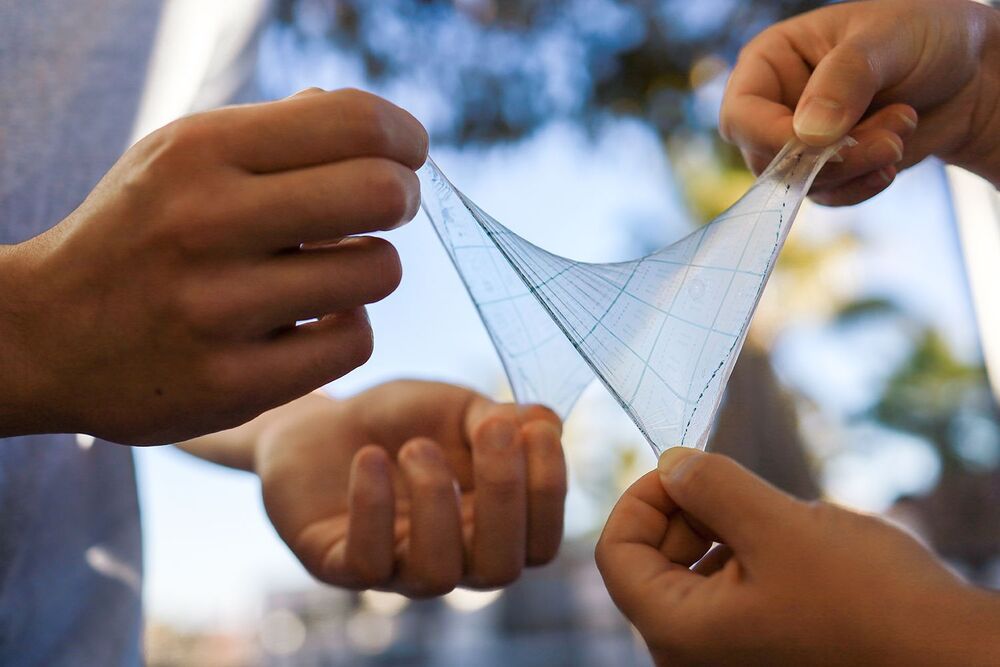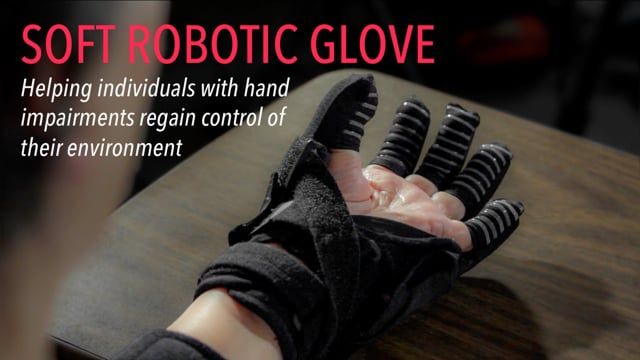Every dad should do this. 😃
French dad and robotics engineer Jean-Louis Constanza has built a robotic suit for his 16-year-old son Oscar that allows him to walk.
Oscar, a wheelchair user, activates the suit by saying “Robot, stand up” and it then walks for him.
Jean-Louis co-founded the company that builds the suit, which can allow users to move upright for a few hours a day.
It is used in several hospitals, but it isn’t yet available for everyday use by individuals and has a price tag of around €150000 (about £127700).
A personal exoskeleton would need to be much lighter, the company’s engineers said.
Please subscribe HERE http://bit.ly/1rbfUog.
#Robotics #BBCNews
